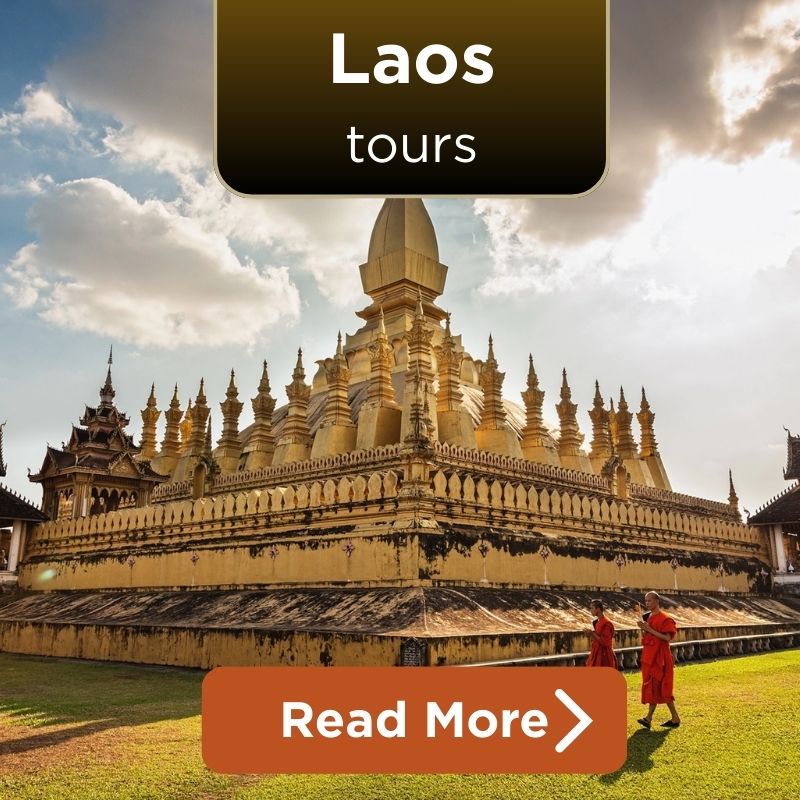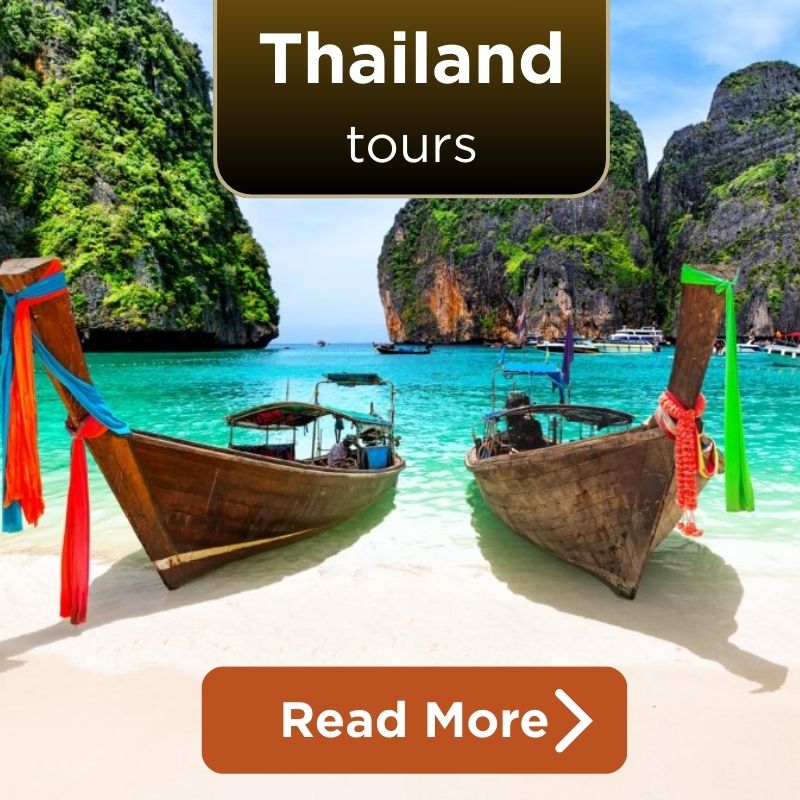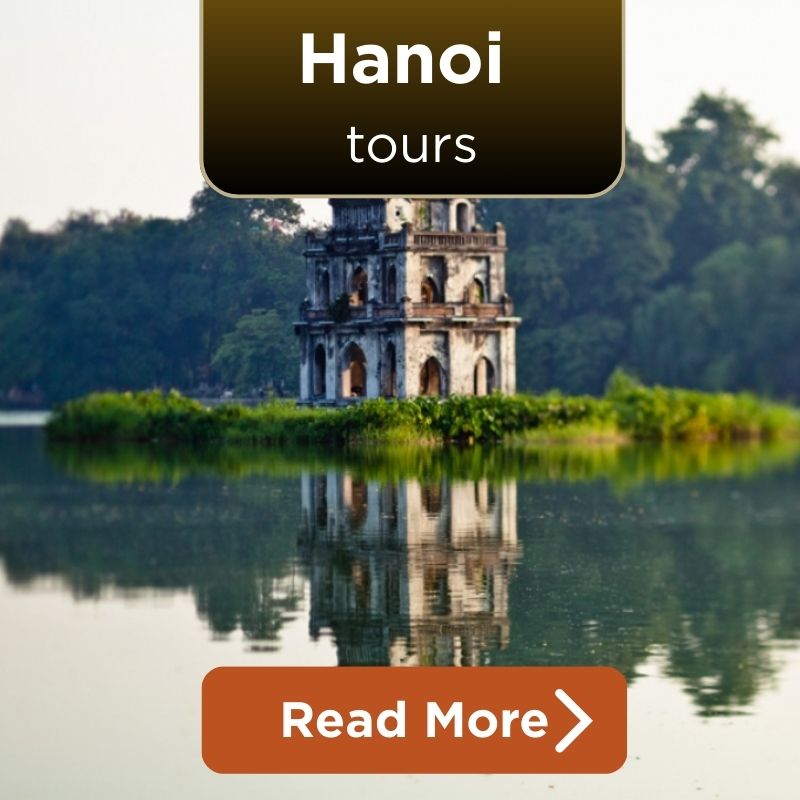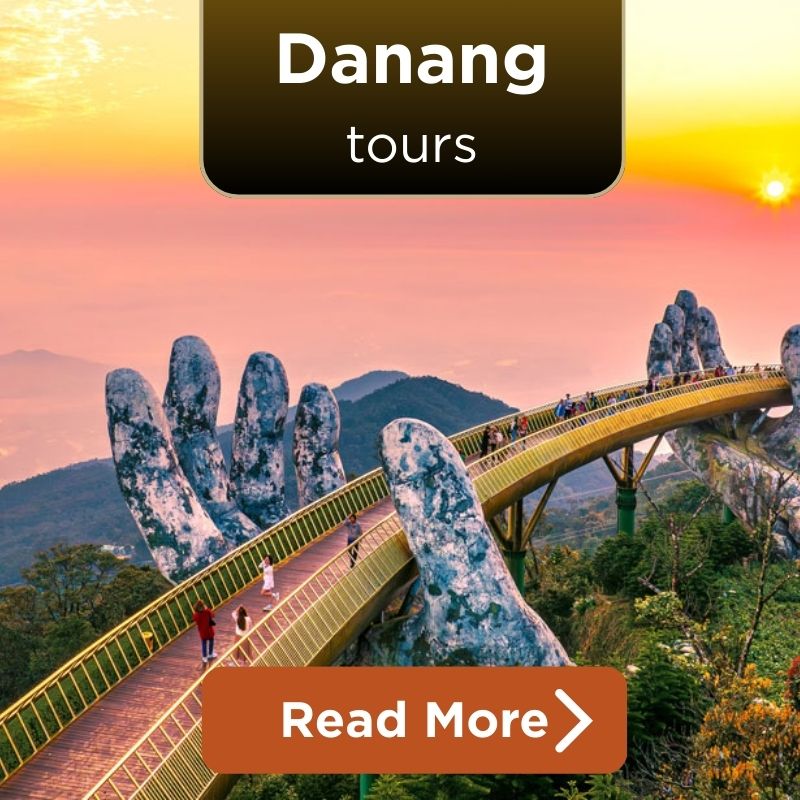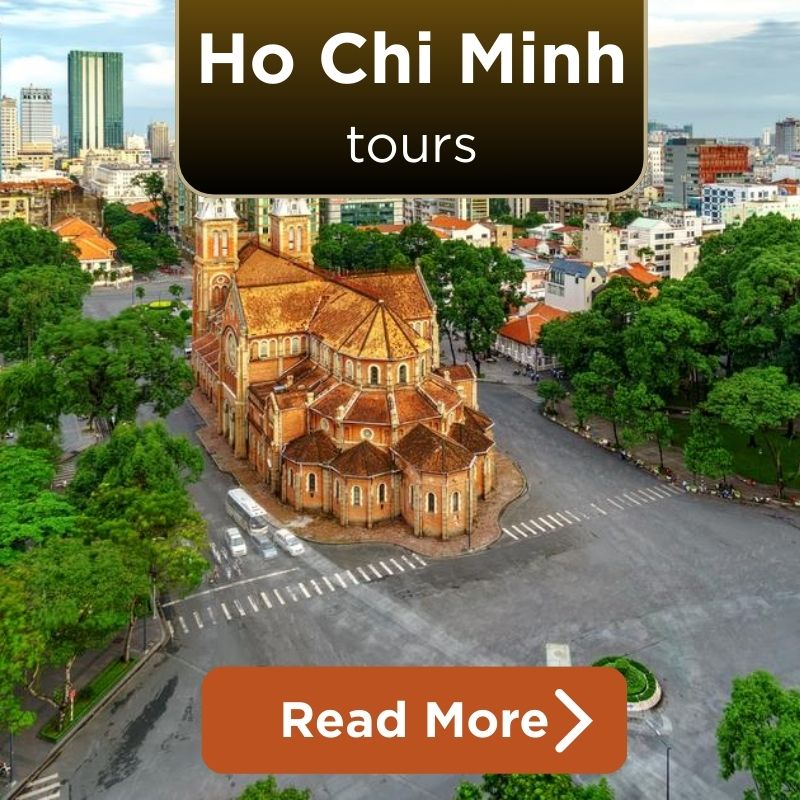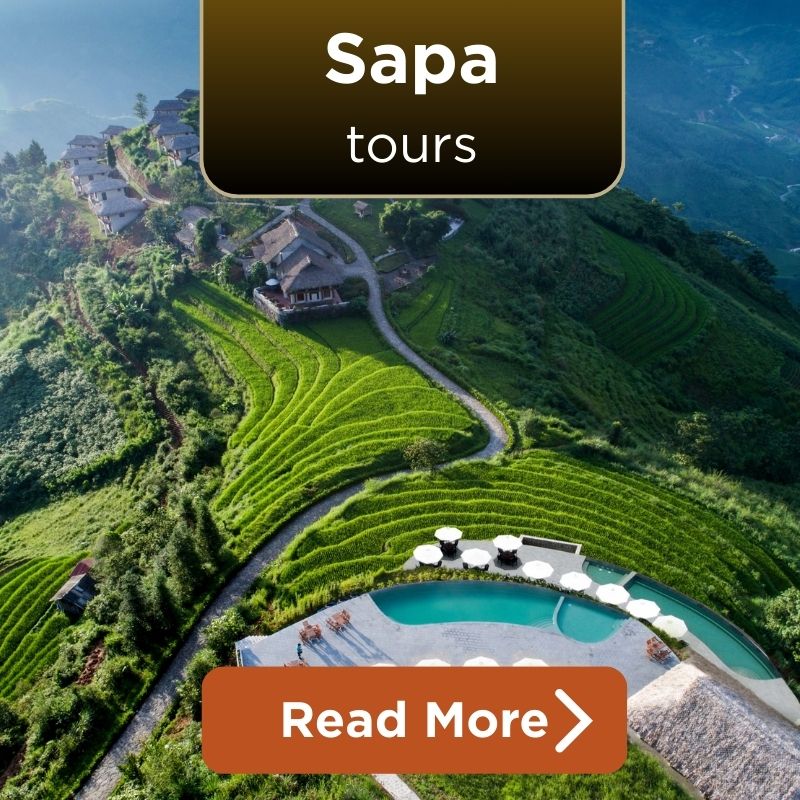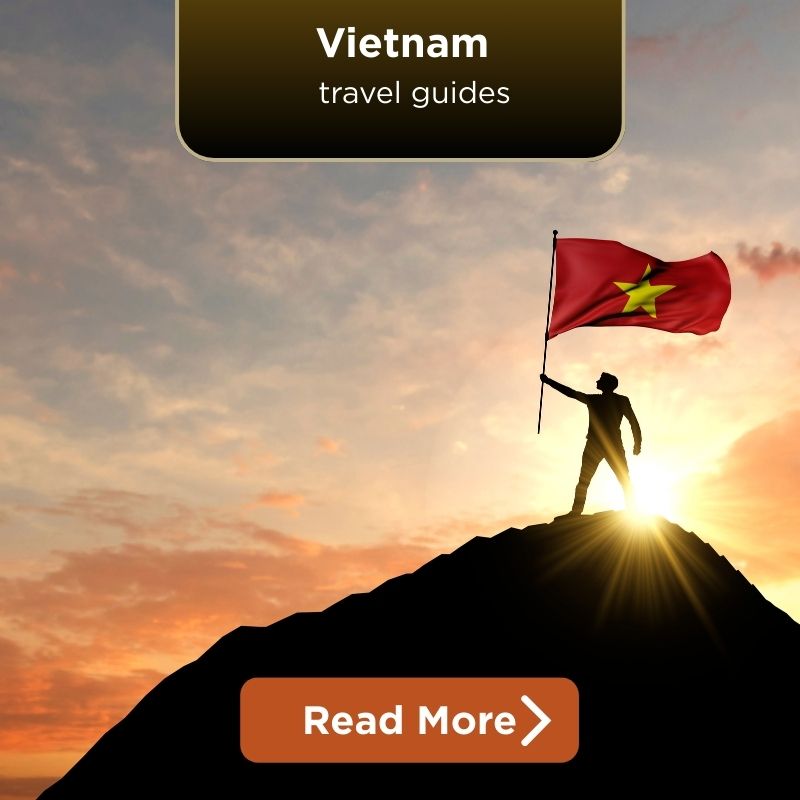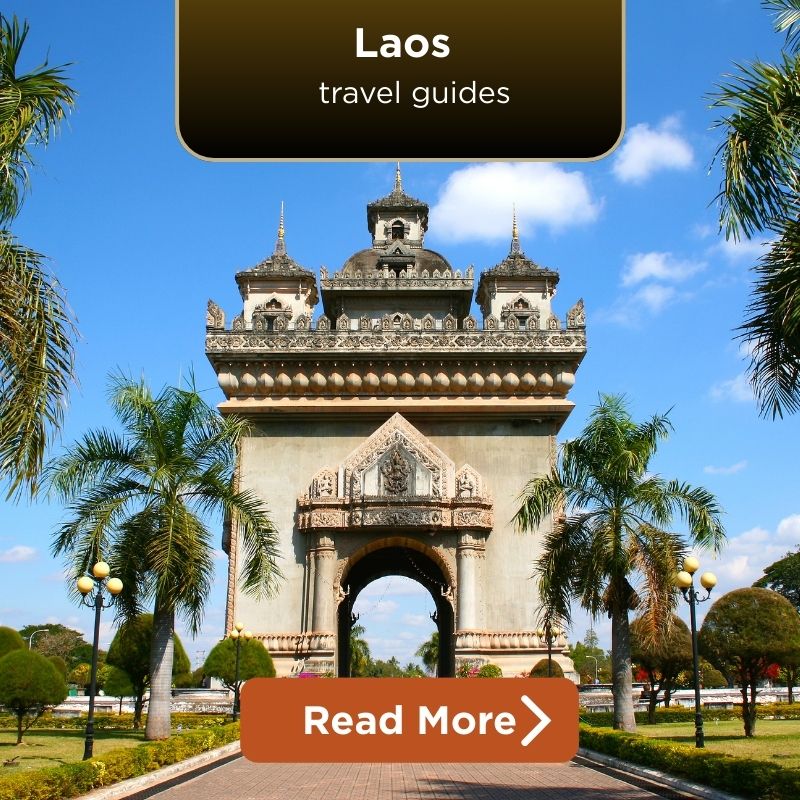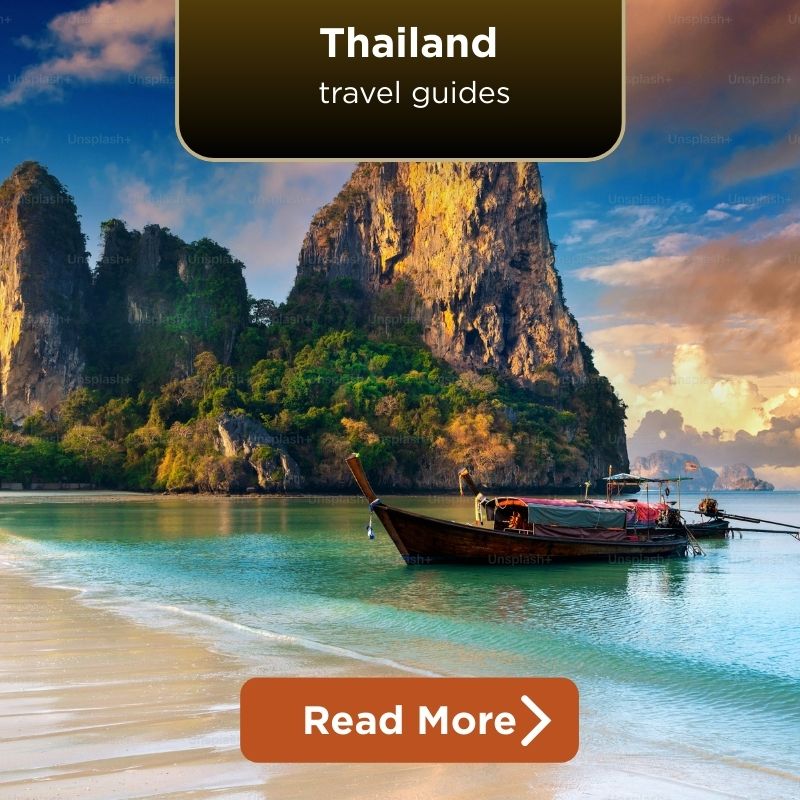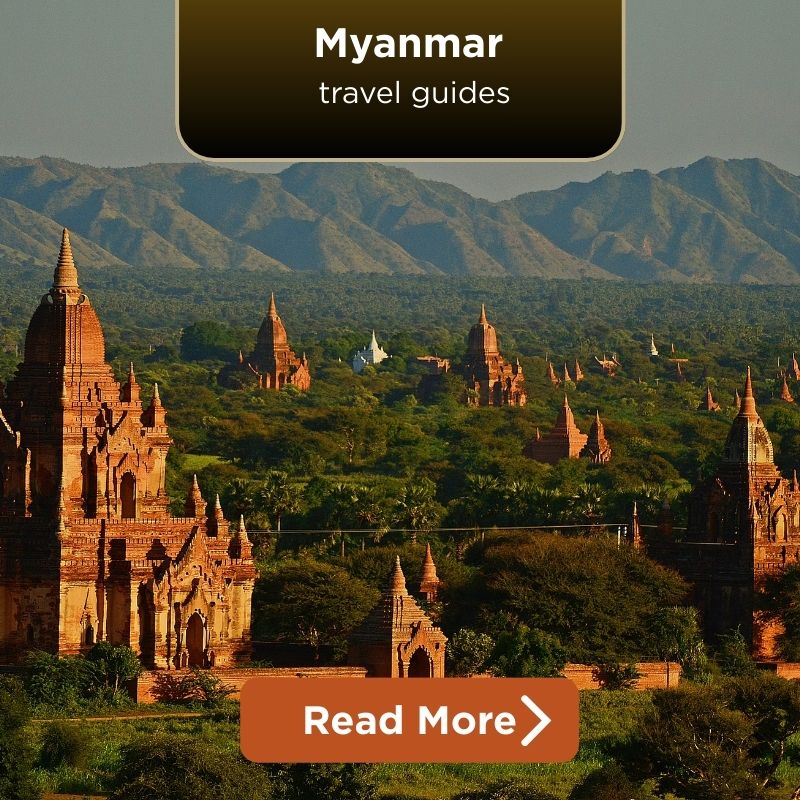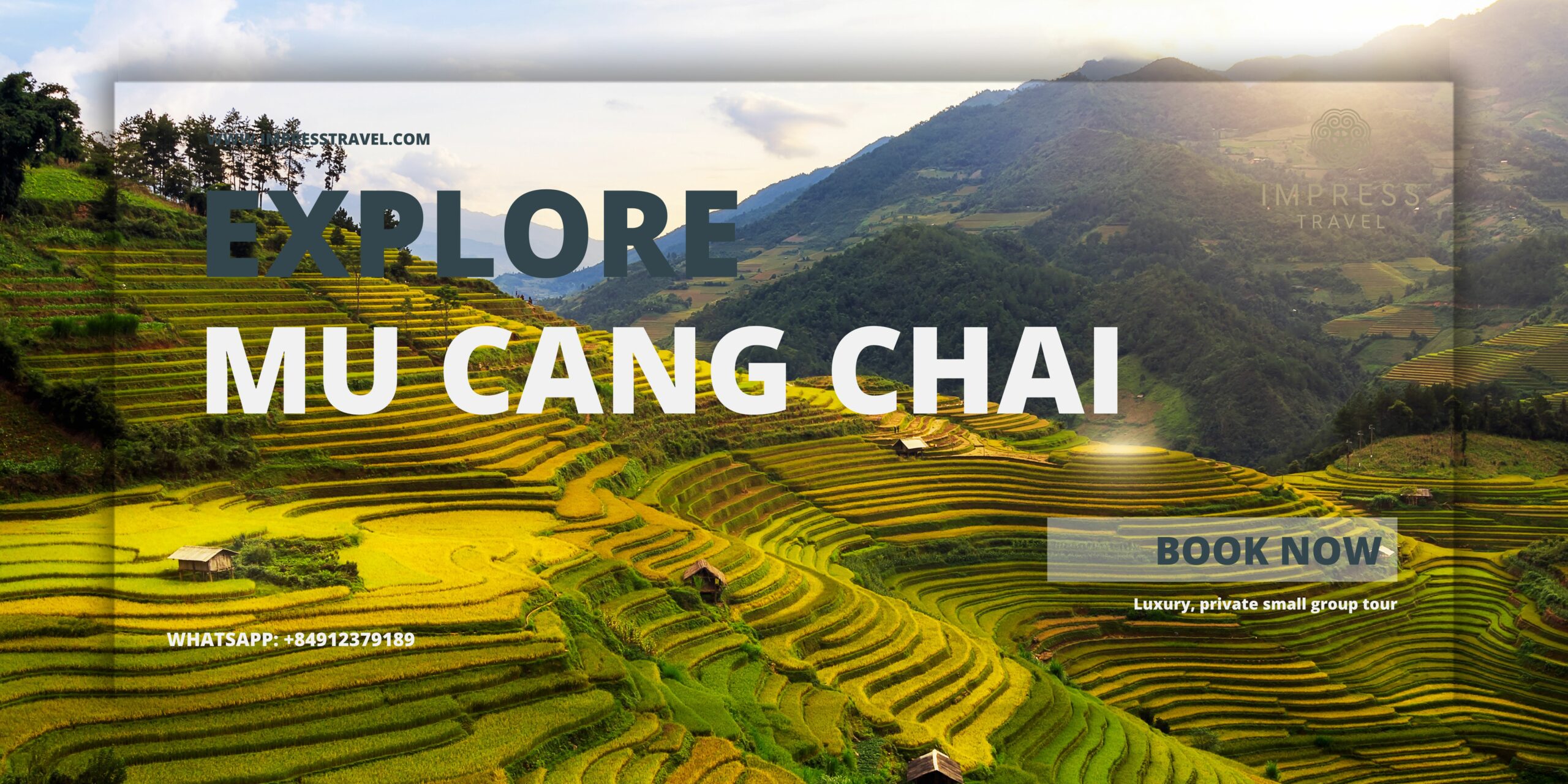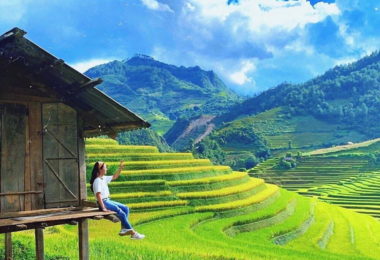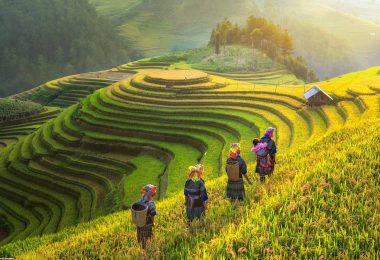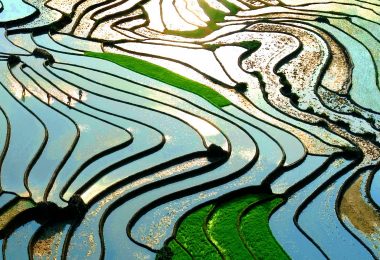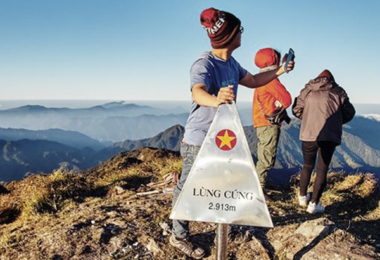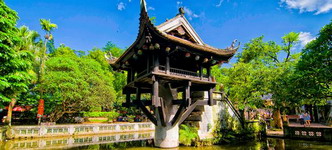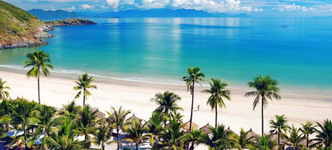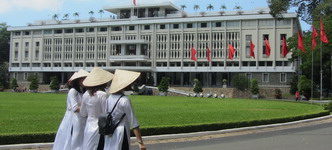Weather in Mu Cang Chai During the Typhoon Season (July–October)
July – The Start of the Stormy Cycle
- Rainfall: Very high (avg 250–300mm)
- Temperature: 22–28°C
- Conditions: Occasional downpours, cloudy skies, slippery roads
- Travel note: High risk of landslides in mountain passes like Khau Pha
- Verdict: Not suitable for tourism; roads can be unexpectedly closed

July Kicks Off Stormy Wet Season (Source: vov)
August – Peak Typhoon Alert
- Rainfall: Highest of the year (up to 350mm/month)
- Temperature: 21–27°C
- Conditions: Heavy storms, flood warnings, low visibility
- Travel note: Typhoon warnings are common. Authorities like those in Yen Bai are on high alert
- Verdict: Best to avoid travel; weather is still unpredictable
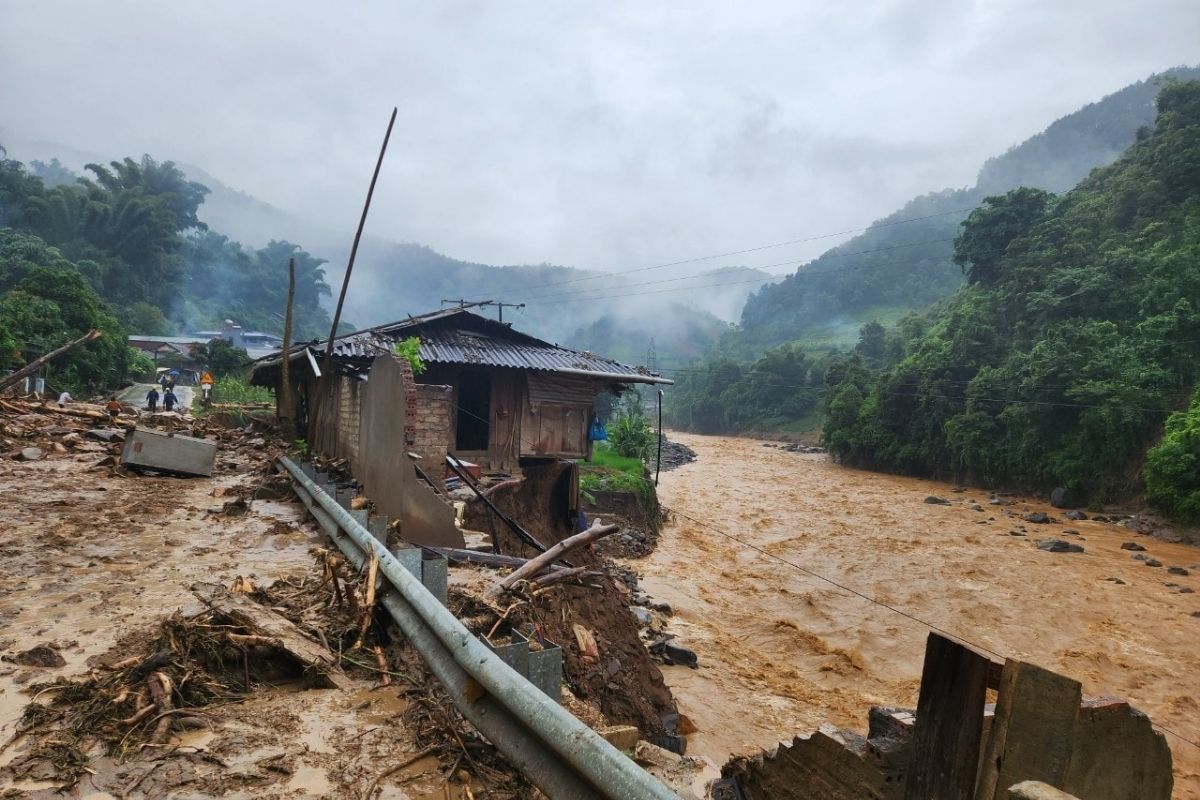
August Is Peak Typhoon (Source: baolaodong)
September – Transition to Golden Season
- Rainfall: Decreasing (150–200mm)
- Temperature: 19–26°C
- Conditions: Showers tend to be in early September; mid-to-late September sees longer dry spells
- Travel note: Terraces begin to turn golden, especially from September 15 onwards
- Verdict: Travel becomes possible during the time; best for early golden rice photography
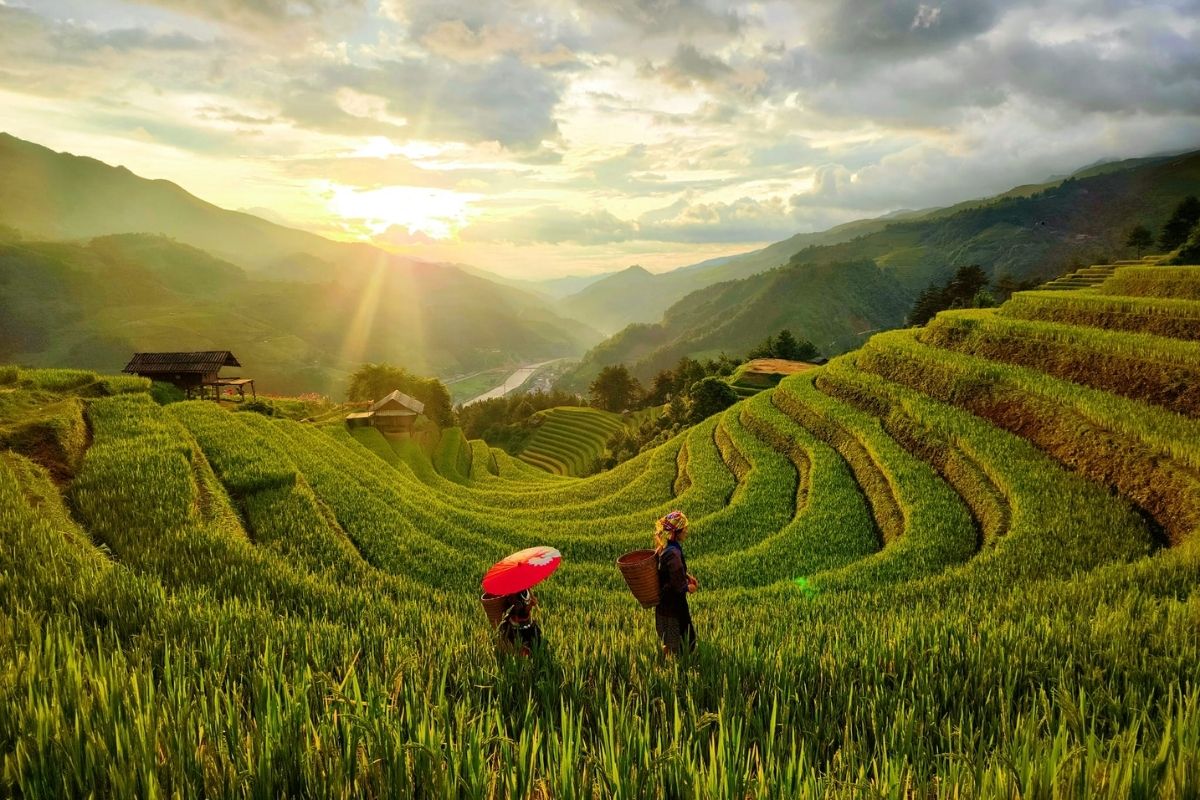
September Is Transition Golden Season (Source: mia)
October – Peak Season for Golden Views
- Rainfall: Low (50–100mm)
- Temperature: 18–24°C
- Conditions: Cool, dry, ideal for trekking and sightseeing
- Travel note: Clear roads, golden fields, mostly sunny skies
- Verdict: best time to go to Mu Cang Chai during the whole typhoon season
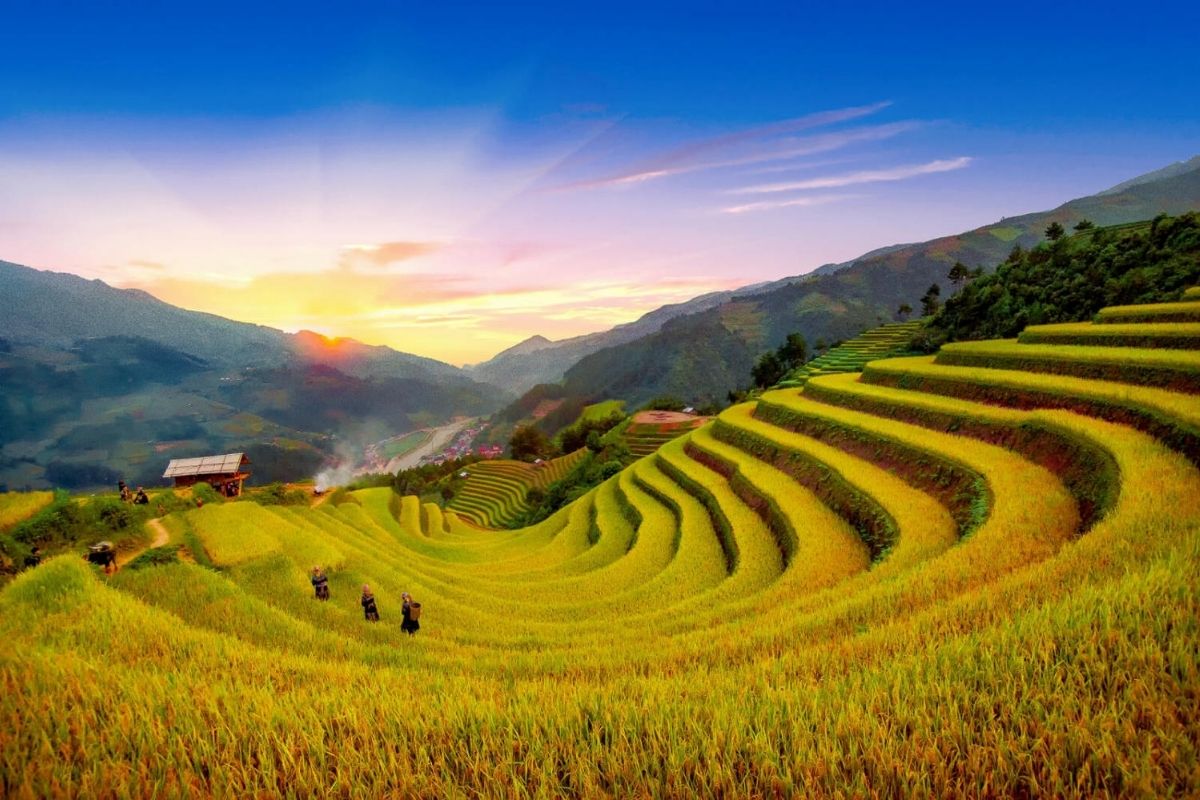
October Is Peak Season Golden Views (Source: mia)
Is It Safe to Travel to Mu Cang Chai During Typhoon Season?
Yes, it is safe to travel during Mu Cang Chai Typhoon Season if you travel at the right time and stay updated.
Though the media reports floods in other districts, Mu Cang Chai is less affected, especially after mid-September. National Highway 32 and Khau Pha Pass are already clear and safe for travel, says local guides like Ho Sinh.
The government enforces rigorous “4-on-the-spot" disaster relief, and local guides such as Giang Hanh Phuc provide real-time updates. Due to them, visitors are able to avoid risky areas and enjoy the golden fields safely.
From late September to early October, the best time to visit Mu Cang Chai, the weather is stable, the roads are accessible, and the scenery is at its best.
Impress Travel promises new itineraries, on-the-ground coordination, and safety-first planning for the Mu Cang Chai Typhoon Season.
Top Things to See & Do During the Typhoon Season in Mu Cang Chai
Mam Xoi Hill (Dam Mam Xoi) – Early Morning After Rain
- Address: Che Cu Nha Village, Che Cu Nha Commune, Mu Cang Chai District, Yen Bai Province
- Best Time: Mid-September to early October
- How to Get There: From Mu Cang Chai town, take a motorbike or local xe om (about 7–9km, uphill track)
- Why It’s Special During Typhoon Season: There is morning mist over the edges of the terraces. Soil darkens when it rains, and spectacularly makes the colors of the rice stand out. The sun after a storm creates a high contrast.
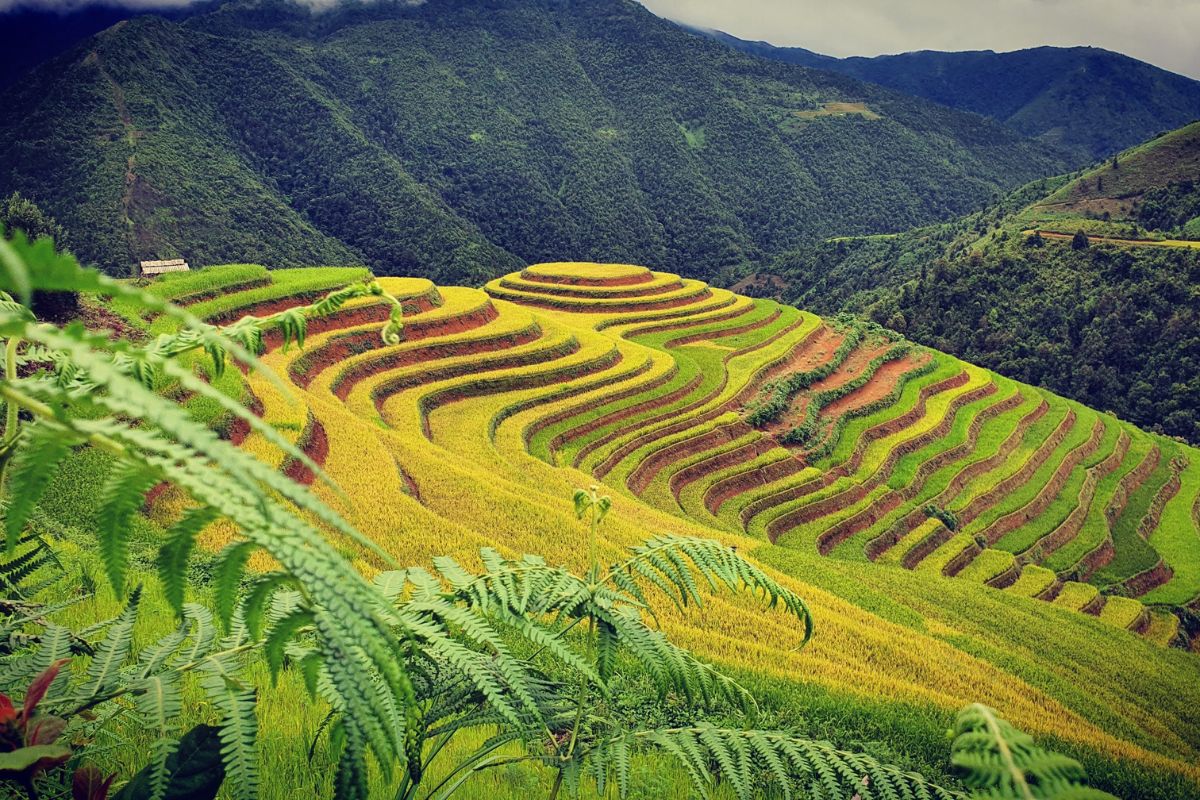
Mam Xoi Hill (Source: kamesteps)
La Pan Tan Village – Terraced Majesty in Golden Transition
- Location: La Pan Tan Commune, Mu Cang Chai District, Yen Bai Province
- Best Time: Late September (22–30) when harvesting begins
- How to Get There: 15km southwest of Mu Cang Chai town via QL32 → TL175
- Seasonal Highlight: Terraces glisten after the rains. Water is trapped in the lower levels, reflecting sky colors. Locals harvest here first, great for culture shots and interactions.
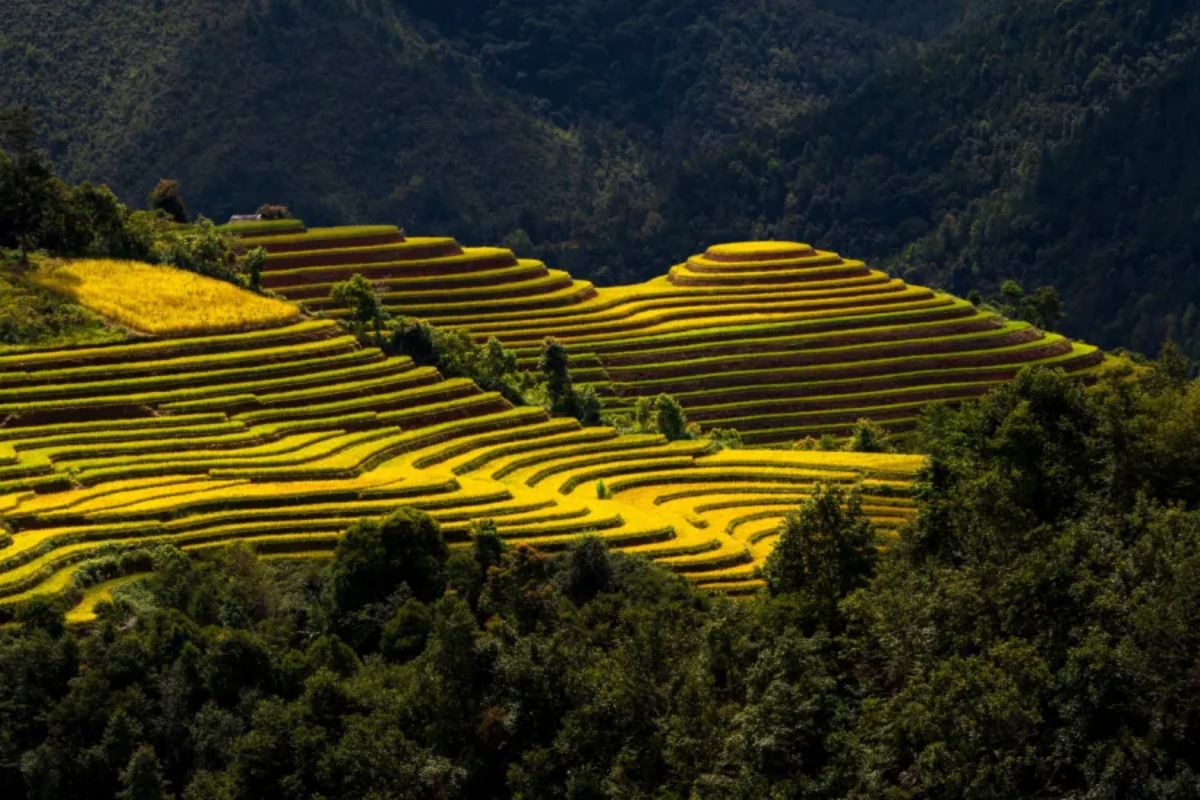
La Pan Tan Village (Sours: asiatouradvisor)
Horseshoe Viewpoint (Doi Mong Ngua) – Cloud-Wrapped Curves
- Location: Nam Co Commune, about 5km from Mu Cang Chai town center
- Best Time: Right after light rain on late September or early October mornings
- How to Get There: Follow TL175 through Nam Co. Viewpoint requires a short walk or a local motorbike taxi
- Seasonal Note: Thin fog drifts through the curved terraces like silk. The place is serene post-typhoon and offers surreal landscapes at sunrise.
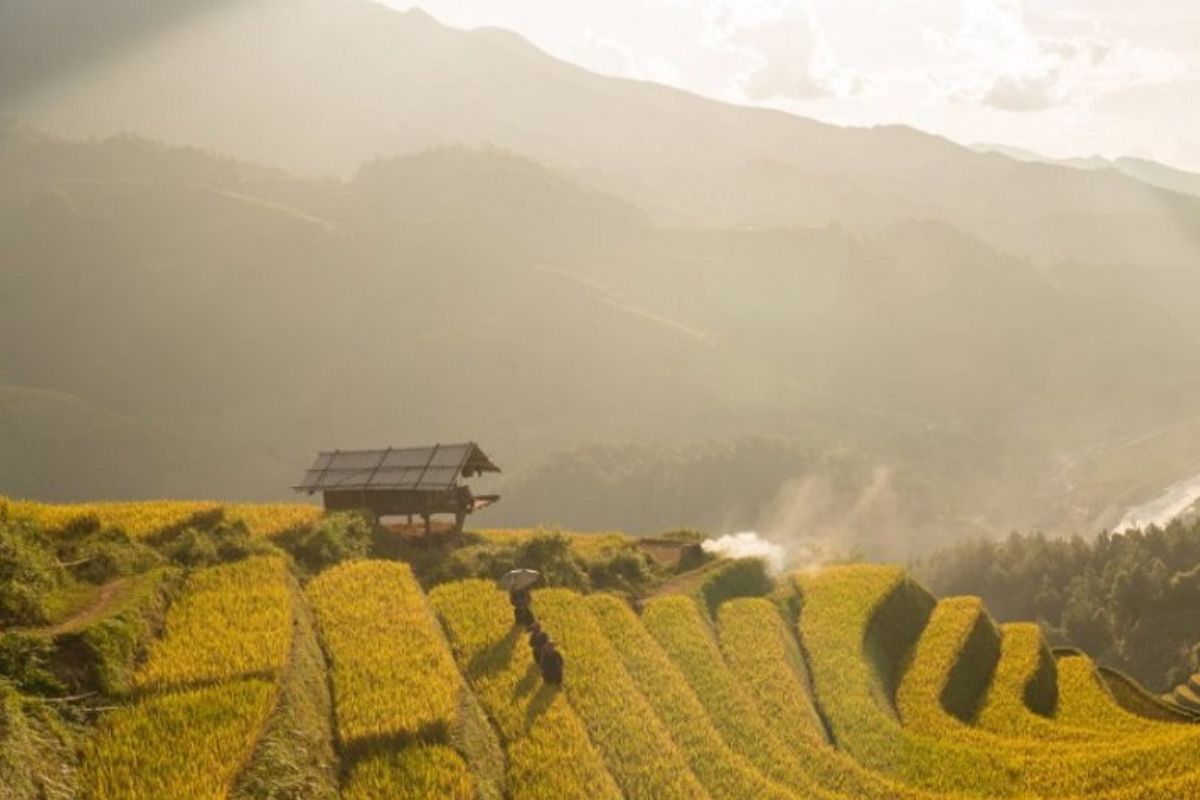
Horseshoe Viewpoint (Source: dulichkhatvongviet)
Kim Noi Village – Local Harvest Life
- Location: Kim Noi Commune, near Mu Cang Chai town
- (3–4km)
- Best Time: Early October for the best harvest views
- How to Get There: Walkable or rideable from town
- Why Go: Great place to see families harvesting by hand. It’s also one of the safest low-level places after storms. After bão Yagi, this place didn’t get affected and was business as usual.
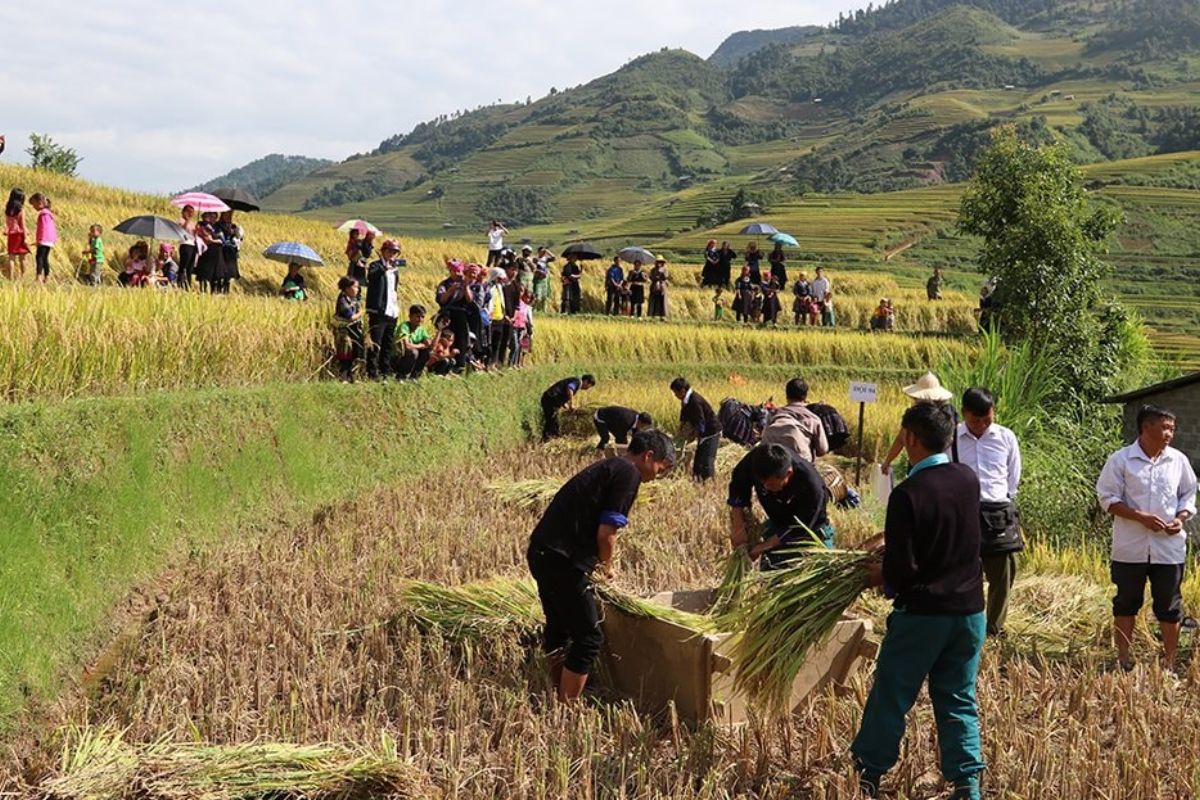
Harvest Season In Kim Noi Village (Source: daidoanket)
Ethnic Cultural Markets & Hmong Homestays
- Best Markets:
- Mu Cang Chai Market (District market – Sunday morning)
- Cho Phien De Xu Phinh – Local market after rainy days
- Best Villages for Homestay:
- La Pan Tan Homestay Cluster
- Kim Noi Family Lodges
- Che Cu Nha eco-bamboo houses
- Seasonal Tip: Markets are back to full color after the rain. Locals trade handmade items, harvest tools, and wild herbs. Homestaying with a Hmong family adds another layer of meaning to your travel during the Mu Cang Chai Typhoon Season.
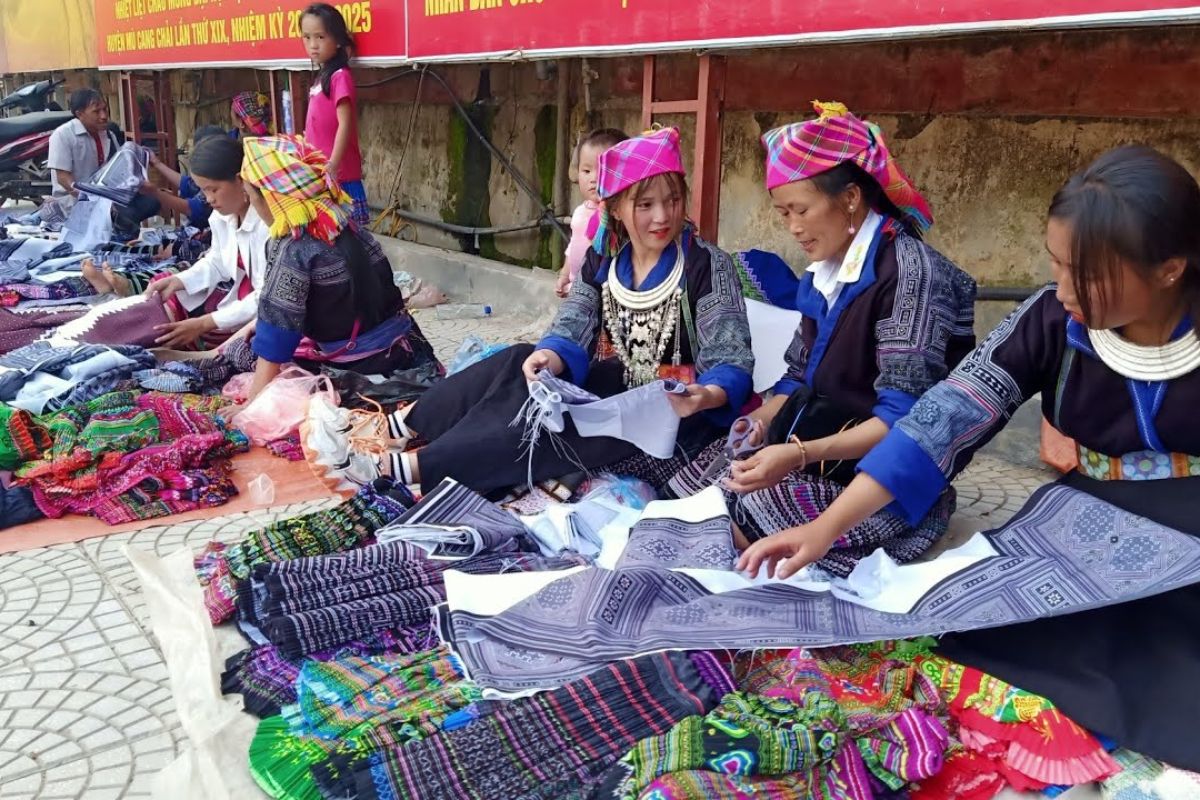
Mu Cang Chai Market (Source: phuotvivu)
Expert Tips for Traveling Safely During Typhoon Season
Always Check the Weather Before You Go
Look at the Yen Bai Provincial Weather Center or credible Vietnamese meteorology websites for the latest predictions. During the Mu Cang Chai Typhoon Season, the weather can change fast, especially in the hills. Local homestays and guides also give real-time feedback.
Tip: Travel only during green-level warnings. If you see a yellow or red alert, postpone your trip.
Pack Smart with Wet-Season Essentials
Your gear must be appropriate for the season. Carry:
- Rain hiking boots
- Foldable rain jacket or poncho
- A bag of plastic to put in a backpack or for camera gear
- A flashlight and an extra power bank
Even small trails like the walk to Mam Xoi Hill can be slippery after rain. A good grip will prove to be a lifesaver.
Book Local Guides Who Know the Terrain
During the Mu Cang Chai Typhoon Season, it’s worth traveling with someone who knows the terrain. Impress Travel pairs you with veteran local guides who call villages like Che Cu Nha and Nam Co home. They know the safest path after rain and help plan adjustments based on actual weather. Book flexible and safe guided tours with Impress Travel:
Use Flexible Tour Options with Transparent Policies
Impress Travel offers:
- No-cost rescheduling when the weather gets bad
- Local support hotlines are open 24/7 during your stay
- Detailed reporting of route safety and plan B
These choices enable you to have a great experience, knowing that you’re protected in the event nature has other ideas.
Conclusion
The Mu Cang Chai Typhoon Season isn’t just safe, it’s full of emotion, beauty, and quiet charm. With the right timing, guidance from Impress Travel, and a little sense of adventure, you’ll witness Mu Cang Chai at its most breathtaking, fresh, golden, and deeply alive.
FAQ
When to go to Mu Cang Chai?
The best time to travel to Mu Cang Chai is late September or early October, when rice fields are golden and the air is cool, dry, and ideal for hiking and photography. It is also the safest and most beautiful segment of the Mu Cang Chai Typhoon Season.
Which month to avoid in Vietnam?
Avoid August, especially in the north of Vietnam, as it is prone to having its peak typhoons and rains. Travel services are often disrupted during this time, especially in hill towns like Mu Cang Chai.
How many days do I spend in Mu Cang Chai?
Spend 2 to 3 days in Mu Cang Chai to fully enjoy its beauty, ethnic culture, and local cuisine. This is enough time to see popular spots like Mam Xoi Hill, La Pan Tan, and nearby villages, even if weather conditions shift during the Mu Cang Chai Typhoon Season.
What month is typhoon season in Vietnam?
Typhoon season in Vietnam is usually from July through October. The heaviest rainfall is in July and August in Mu Cang Chai, while September and October are the golden harvest and best travel time during the Mu Cang Chai Typhoon Season.







